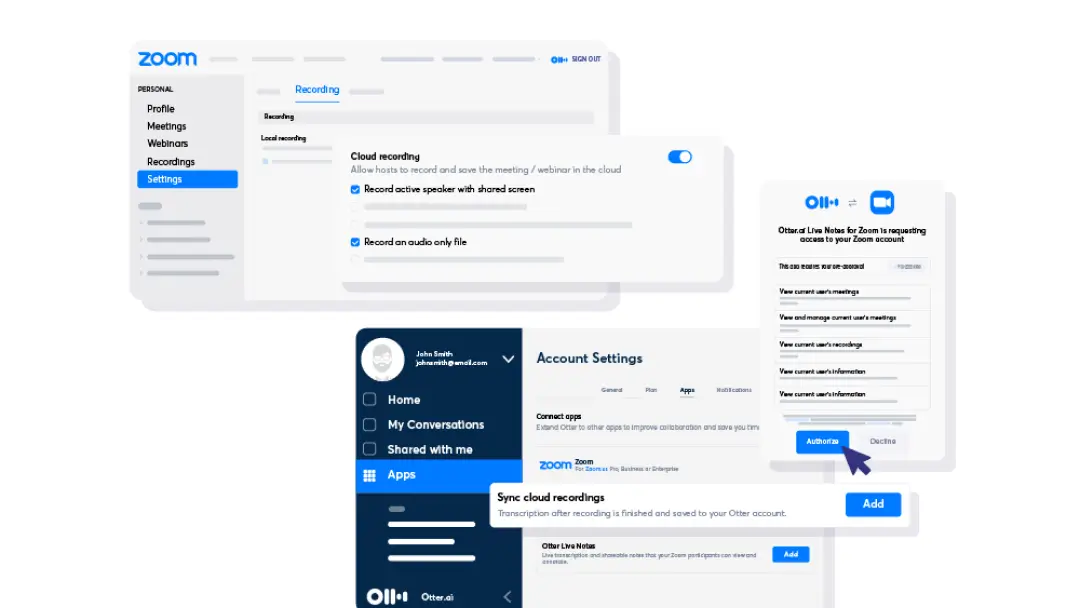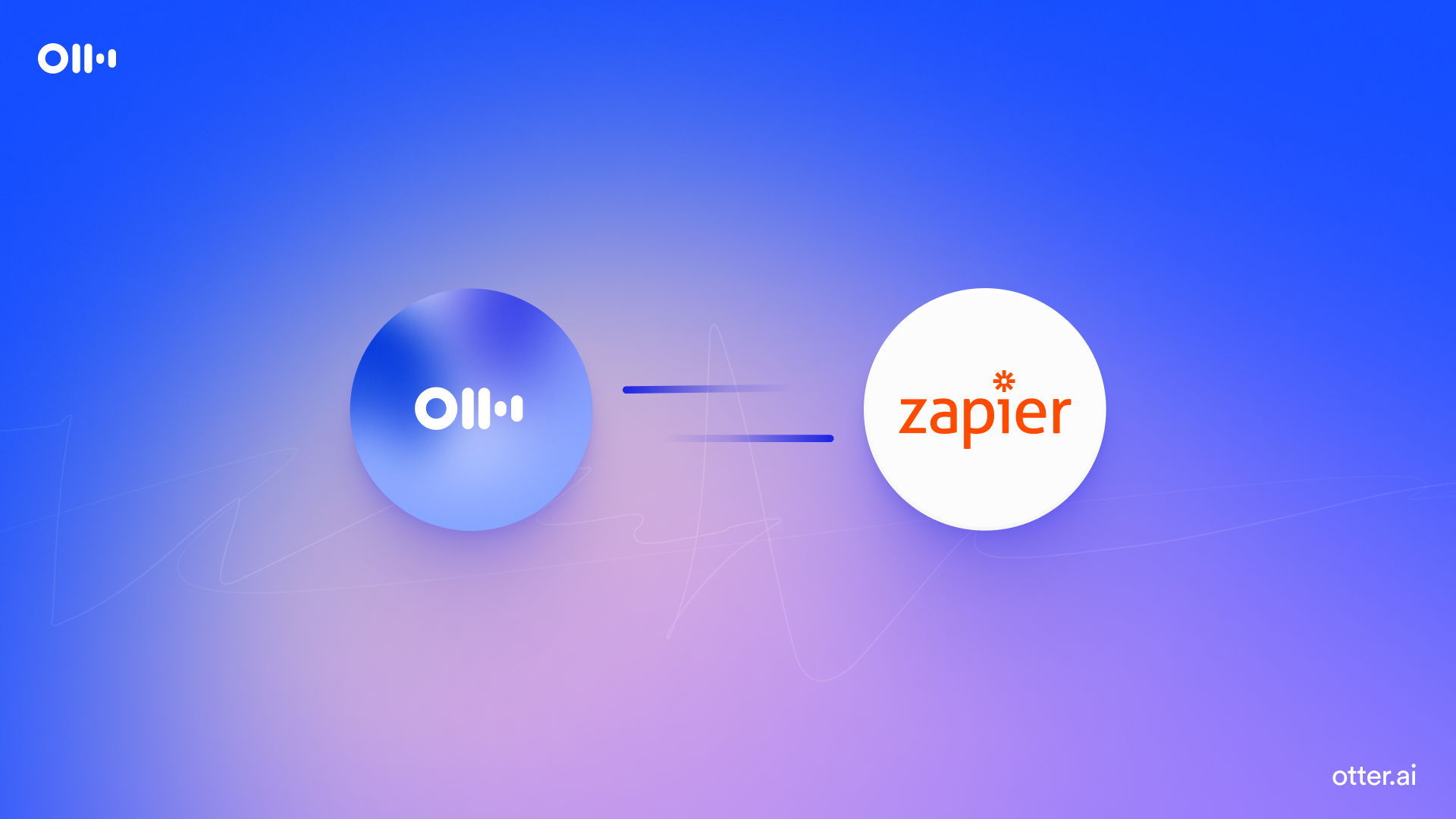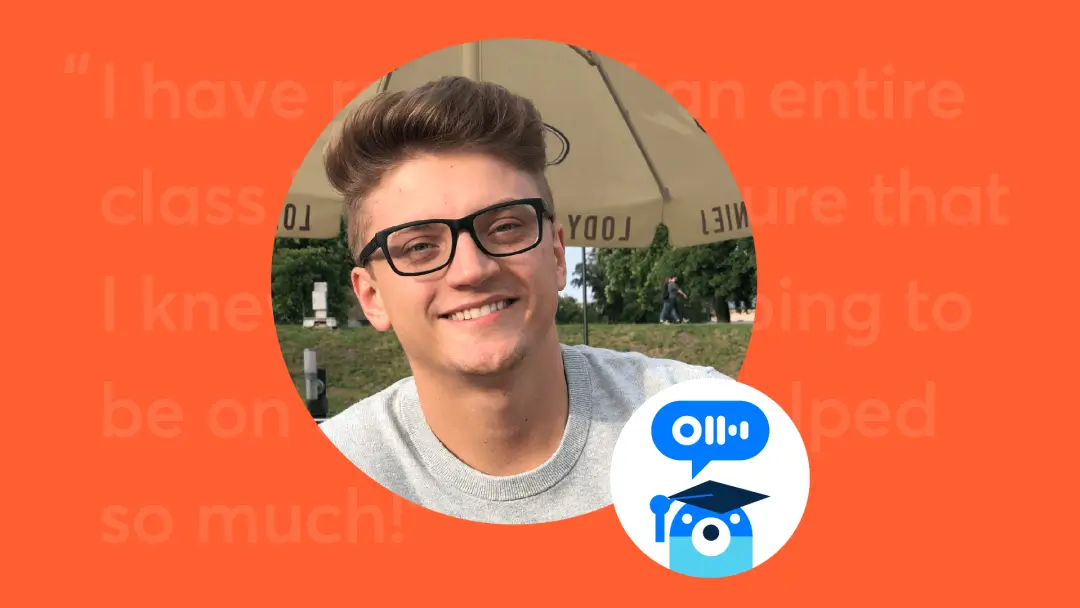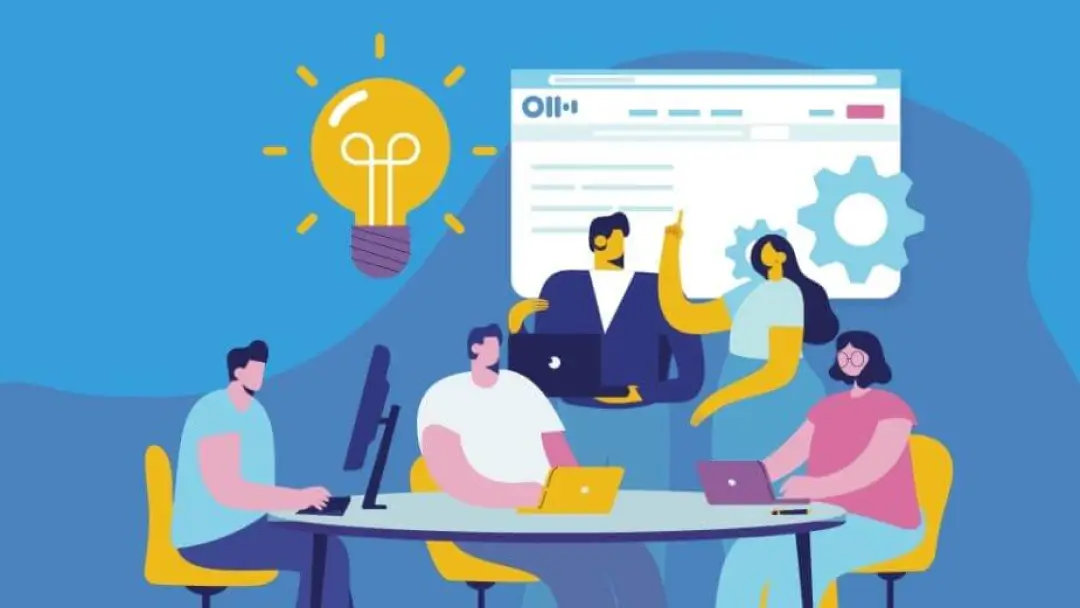In Otter Words - Tim Draper

It’s almost certain that you’re using a product developed by, or that has competed with, a company funded by Tim Draper. The veteran venture capitalist developed viral marketing through investments in early Internet successes such as Hotmail and Skype (both acquired by Microsoft) and expanded into cryptocurrency and green tech with companies such as Coinbase, Tesla and SolarCity. But when it comes to Otter, Tim says that he’s possibly their biggest supporter.
For Tim, Otter has become a valuable tool for helping in the investment process. He uses it to create a detailed and searchable record of the 40 or so pitch interviews he has per week, and again when sitting down with his partners and colleagues in order to review which companies they want to fund. Among the special features he uses are the calendar integration, which makes it easy to navigate around transcripts, and the ability to embed photos for a quick visual reference of the teams pitching him.
Of course, Tim asks for permission before recording meetings, but finds that Otter’s record is useful for all participants. Over time, he believes people will come to relax privacy concerns around recording interactions as they realize the benefits that it brings.
Beyond his core investing activities, Tim has championed entrepreneurial education and the use has been an advocate for entrepreneurial education and driving innovation in government. He is spearheading two complementary initiatives that are a natural match for Otter. Draper University attracts luminaries from Silicon Valley and beyond to offer practical lessons on building companies while Draper TV reaches a broader audience by making similar content available via webcast. Tim notes another video venture he’s been a part of called Meet the Drapers, a reality show in which viewers can choose to invest along with him and other members of the Draper family. Tim plans to have Otter generate transcripts of this content soon.
Further out, Otter could even contribute to streamlining the democratic exchange between officials and constituents. Tim notes the inconvenience of attending town halls; Otter-generated transcripts could allow people to read transcripts of proceedings at their leisure or search for debate around issues important to them. Otter could also be used transcribe and summarize voice mails to representatives to provide a better sense of how people feel about ongoing issues.
Otter is a leading example of machine learning. Today, it is obviously complementary to audio and video chat applications such as Zoom and improving real-time language translation. Tim sees a new wave of focused intelligent assistants as another complementary technology as a good opportunity for integrated Otter transcriptions. Over time, we may take for granted the ability to search through a comprehensive record of our audio interactions.





















